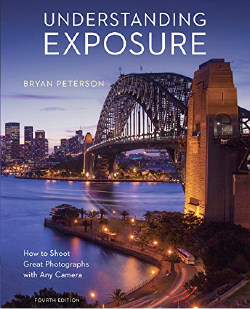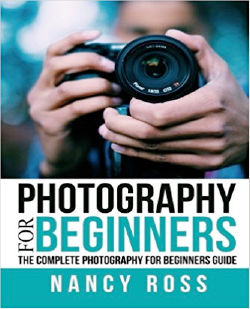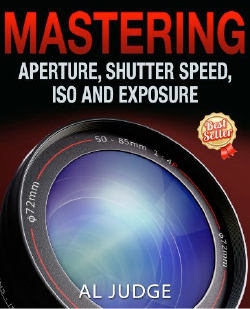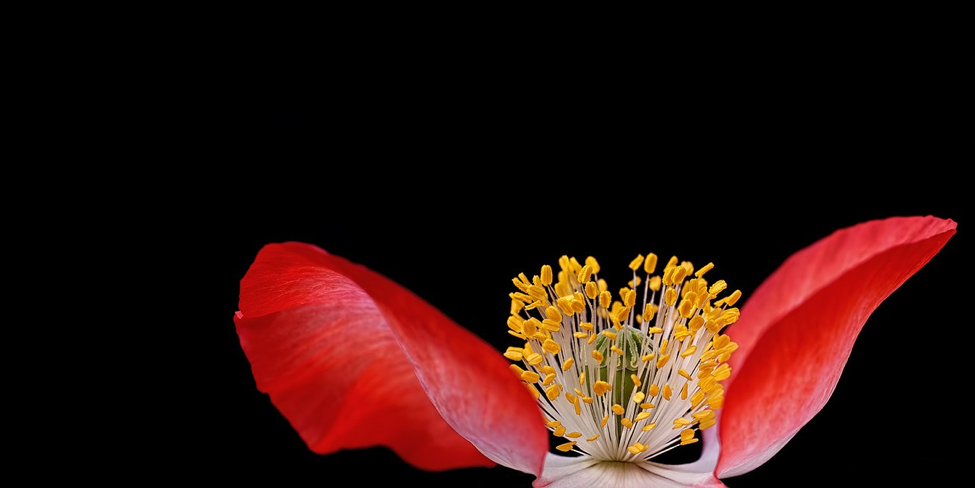Photography can be one of the most fulfilling hobbies (or professions) you can ever take up, but that certainly doesn’t mean that it’s something everyone can do well right off the bat. It takes a lot of skill and knowledge to take good pictures, whether you’re doing it for yourself or for a living.
So how does one gain that knowledge, other than through experience? Sure, you could sign up for classes, but if you’re looking for a way to pick up some great tips and you don’t have a lot of spare time or money, there are a lot of great books out there that can help you get started.
Here’s a sampling of some of the most highly-regarded instructional photography books of the last ten years or so.

There are some photography tomes out there that can be intimidating or confusing, partially because they use a lot of technical jargon. But Gatcum’s book is a plain-spoken, easily understandable step-by-step guide through the use of digital cameras.
And it’s even grouped by themes: Color, natural light, composition, etc, to help answer the specific questions you might have.

Currently in its fourth edition, this best-seller is incredibly useful for a beginner, breaking down the complexities of exposure with ease and talking to its readers in a straightforward, no-nonsense fashion.

It’s a pretty self-explanatory title, and Miotke gets the job done, detailing the little things that make up a great photo with an instructor’s authority. Which makes sense, because Miotke is the founder of BetterPhotos.com, a popular online photography school.
There’s literally a tip for great photos on every page; it’s a book designed to be skimmed or digested completely, and it covers everything from landscapes to portraits.
There’s even a breakdown of Photoshop for those looking to manipulate their images online. It’s essentially a one-stop-shop for the new photographer.

While the Miotke book focuses on information coming at you from all kinds of different angles, Ross’ book takes a more deliberate approach, with Ross taking her time and thoroughly explaining all the different things you can do to take a great photo.

This book, on the other hand wastes no time, getting into the do’s and don’ts of digital photography in a quick and efficient fashion. Your photos may not be perfect after spending a half hour with this book, but they’ll very probably be a whole lot better than before you picked it up.

If you’ve made it through the more basic beginner’s books, then Judge’s book might be the logical next stop on your list. It’s a little more technical than the others, but still easily understandable.
In fact, the book is such a good guide that it’s been a top seller online for the last three years.
Judge doesn’t just use text, either. His comprehensive illustrations are like a how-to guide in and of themselves.

Another highly rated top online seller, this book contends that all you have to do is step out your front door to find the material for some amazing photos.
Rather than taking a cerebral or clinical approach to taking great photos, Tharp and Manwaring contend that the heart is just as crucial as the mind and the instincts when a photographer is looking through the viewfinder.
It’s a truly inspiring approach that brings the art back into the equation. Sure, there are moments of great instruction in the book, but it emphasizes inspiration just as much.

Bea is Nixplay’s Social Media Manager. She enjoys drinking coffee, reading about wars, and writing stories. Send her a message at beatrice.bisais@nixplay.com.





















